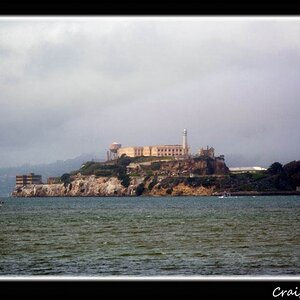decado
TPF Noob!
- Joined
- Sep 24, 2009
- Messages
- 155
- Reaction score
- 0
- Location
- Crystal, MN
- Can others edit my Photos
- Photos NOT OK to edit
So on higher end lenses (like my 10-22mm canon) there's a window that shows focus distance to help with manual focus. But I've noticed that all the way at infinity on this is a little out of focus, and I find it hard to focus perfectly by eye. So where exactly on this little scale would be a perfect infinity focus?


![[No title]](/data/xfmg/thumbnail/39/39645-11fae384f9fd2ec2813acc42adec0206.jpg?1619739148)
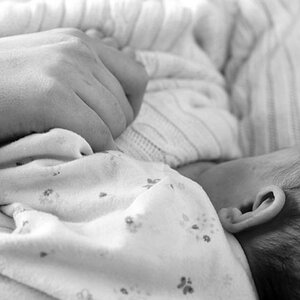
![[No title]](/data/xfmg/thumbnail/36/36666-189f65b1addbb68da2a43dc6f7206a01.jpg?1619737676)
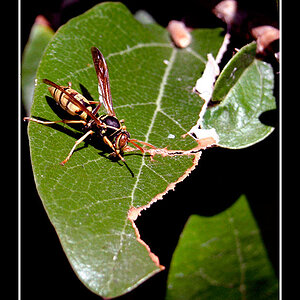
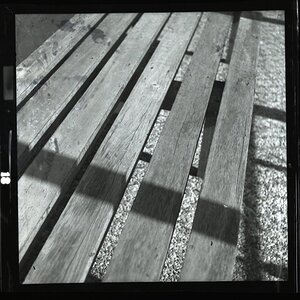
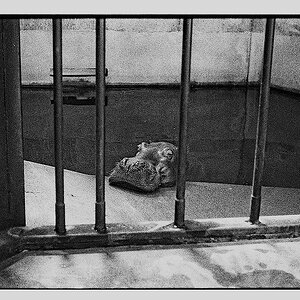

![[No title]](/data/xfmg/thumbnail/34/34062-c0c9c0a752bc1af58237eff1ec850163.jpg?1619736259)
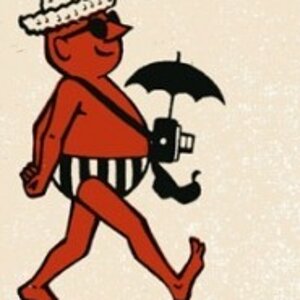
![[No title]](/data/xfmg/thumbnail/36/36669-32e6602a9741e9fefddbc9dc04bc8e8f.jpg?1619737676)
![[No title]](/data/xfmg/thumbnail/34/34064-66d345cd6eebe4b9f97597e03008d3b7.jpg?1619736260)
